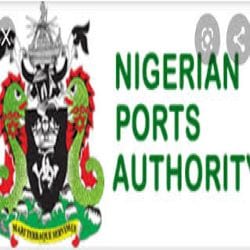A source who spoke on condition of anonymity disclosed that the Nigerian Ports Authority (NPA) has blacklisted six truck parks for non-compliance with the guidelines for the electronic call-up system.
As one of the measures to put an end to Apapa Gridlock, the e-call-up system was recently set up by the NPA to manage the movement of trucks operating at the port.
READ ALSO: How to Access CBN Private Sector-led Accelerated Agriculture Development Scheme (P-AADS) Fund 2021
The source said, “Six of the truck parks that are being used to house the trucks were in the habit of checking in and checking out trucks without actually having the trucks in their parks.
“What this implied is that the trucks would be on the road at a time that they were expected to be in the parks and waiting to be invited out. This was causing additional traffic to those that have been validated to be on the road. These parks have been identified by TTP and blacklisted by NPA.”
On account of the visit of the President, Muhammadu Buhari, there were reports of sudden disappearance of the usual gridlock from the ports’ access road on Thursday. The free flow of traffic was still maintained on Tuesday.
It was reliably gathered that before the President visited, the security agencies informed the truck owners to get their vehicles off the road. While some of the vehicles were returned to the warehouses of their owners, some were sent out of Apapa entire so as not to disrupt the flow of the Presidential convoy.
According to the Managing Director, TTP, Mr Jama Onwubuariri, the current sanity had been maintained with the support of the Lagos State Government, the NPA and the truckers.
Onwubuariri said TTP would develop a digital manifest for truck release to ports’ access roads. He added that the organisation would secure additional parking spaces outside of the port precinct to ensure the increase of the holding capacity for static trucks to meet the demand.
He said TTP would constantly carry out data analytics and work with security agencies to identify bad actors and apply relevant consequence management measures.

